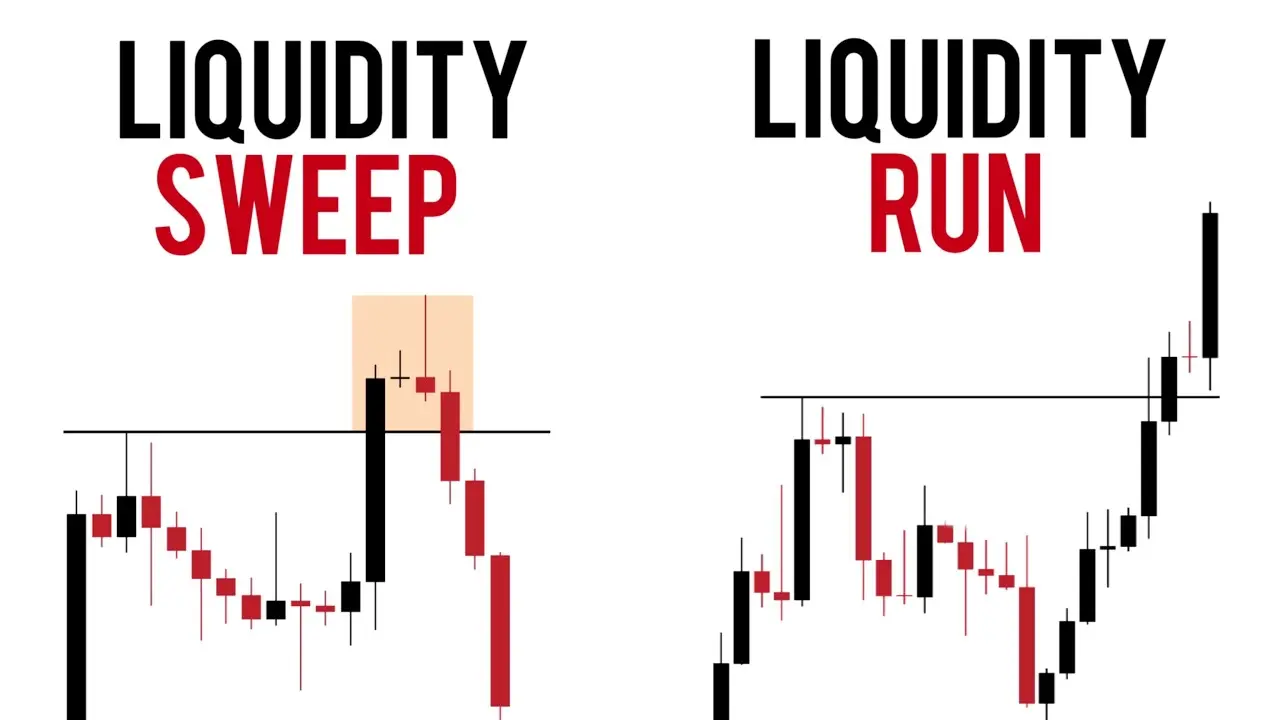In the world of day trading and scalping, every trader eventually faces a fundamental question:Should I trade with strict rules, or trust my intuition?Some traders swear by rule-based systems — fixed setups, defined entry criteria, automated risk management. Others argue that markets are too dynamic for rigid frameworks and that discretion, pattern recognition, and intuition are what separate elite traders from mechanical ones.The truth lies somewhere in between.Both rule-based and discretionary approaches can work — but only when applied consciously and in alignment with your psychology and personality.In this article, we’ll break down both models, their advantages, limitations, and how to combine them into a hybrid workflow that supports consistent, scalable performance in scalping and intraday trading.
1. Understanding Rule-Based Scalping — Turning Chaos into a Process
Rule-based scalping is the foundation of systematic trading.
It focuses on structure, repeatability, and discipline.
Every decision is pre-defined — from the setup to the exit criteria, leaving minimal room for emotional interference.
What Rule-Based Trading Looks Like:
A trader identifies a few high-probability patterns — for example:
- Liquidity sweep into an LVN (low volume node) with delta divergence confirmation.
- Break-and-retest of VWAP with volume profile alignment.
- Opening drive continuation confirmed by imbalance absorption.
Each trade follows a checklist:
- Entry trigger met ✅
- Volume confirmation ✅
- Stop and target pre-defined ✅
- Max risk per trade = 0.5% ✅
No improvisation, no “gut feel.”
This structure makes the process replicable — you can measure, backtest, and improve it over time.
It also dramatically reduces decision fatigue, one of the biggest killers of scalper performance.
Advantages:
- Data-Driven Consistency: You know your stats, expectancy, and risk curve.
- Emotional Neutrality: You act mechanically, avoiding impulse trades.
- Scalability: Easier to automate or systemize over multiple instruments.
Limitations:
- Markets evolve — rules that worked last quarter may underperform today.
- Over-optimization risk: tuning parameters until they fit the past but fail in real time.
- It can make you too rigid, missing profitable outliers or context shifts.
Rule-based trading is powerful, but it’s only as good as your ability to interpret the market regime it’s built for.
And that’s where discretionary skill becomes crucial.
2. The Discretionary Approach — Reading the Market’s Pulse
Discretionary scalping relies on experience, pattern recognition, and contextual awareness.
It’s less about following a script and more about feeling the rhythm of the order flow.
These traders make real-time decisions based on:
- How liquidity is being absorbed.
- The behavior of aggressive vs passive participants.
- Shifts in volume profile, volatility, or tape speed.
They might break a rule if they detect a shift in market tempo.
Advantages:
- Adaptability: You respond to unique market conditions.
- Deeper Context Awareness: You understand why a move is happening, not just that it is.
- Opportunity Recognition: You capture setups that no backtest could ever define.
Limitations:
- Emotional Exposure: Without structure, biases easily creep in.
- Inconsistency: Harder to measure performance objectively.
- Cognitive Fatigue: Constant decision-making drains focus over time.
Discretionary traders often develop their intuition through screen time and pattern logging — journaling price behavior, reactions to liquidity, and the microstructure dynamics of different sessions.
That intuition isn’t “gut feeling” — it’s pattern memory.
Your brain subconsciously recognizes subtle conditions faster than you can explain them.
The problem?
Without structure, that same intuition can turn into impulsivity.
So the key isn’t choosing between rules or discretion — it’s finding a way to blend them effectively.
3. Bridging the Gap — The Hybrid Model
Most consistent scalpers operate in a hybrid model — structured frameworks combined with contextual flexibility.
You can think of it as a rule-based core with discretionary edges.
Your rules define:
- When NOT to trade (your filter).
- Risk management (max daily loss, R-multiple target).
- Baseline setups with high historical expectancy.
Your discretion defines:
- When to engage or skip a setup based on live market tone.
- Trade management (scaling, partial exits, re-entries).
- Adaptation during high-impact events (FOMC, CPI, earnings).
Example of Hybrid Thinking:
You have a rule to trade liquidity sweeps at key LVNs.
Today, price sweeps but delta doesn’t confirm. You see buyers still absorbing aggressively.
Your rule says no trade, but your tape-reading experience tells you this is absorption before breakout.
You enter with reduced size and tighter stop.
That’s discretionary skill within a rule-based risk boundary — controlled flexibility.
Benefits of the Hybrid Model:
- Rules protect you from emotional ruin.
- Discretion allows you to capture evolving market edges.
- Your journal becomes your feedback engine, refining when to lean on rules and when to trust instinct.
In essence, you become systematically intuitive — structured enough to be consistent, flexible enough to be profitable.
4. Training the Two Systems — Discipline and Intuition
To thrive in both modes, you must train two mental systems:
- System 1 (intuitive, fast, pattern-based)
- System 2 (analytical, rule-based, slow)
Most traders overtrain one and neglect the other.
Here’s how to develop both effectively:
Train Your Rule-Based Mind:
- Backtest your setups on at least 100 samples.
- Quantify expectancy, win rate, and drawdown.
- Build a checklist to verify entry quality (A+, B, or C grade setups).
- Use metrics dashboards (like Flow, TradeZella, or Notion templates) to monitor adherence.
Train Your Discretionary Mind:
- Replay order flow footage and try to “read” behavior live.
- Note moments of absorption, trapped volume, or imbalance.
- Journal why you felt a move would work or fail.
- Compare your intuition to objective outcomes — refine pattern recognition.
Over time, these two systems sync:
your analytical mind provides guardrails, your intuitive mind provides nuance.
That’s the true evolution of a professional scalper — when your intuition operates within structure.
5. Finding Your Ideal Balance — Personality and Market Alignment
No single style is universally better.
The optimal balance between rule-based and discretionary trading depends on two things:
- Your personality — analytical vs adaptive.
- Your market environment — volatility and liquidity conditions.
Personality Alignment:
- If you’re naturally logical, data-driven, and patient → lean rule-based.
- If you’re more reactive, adaptive, and situationally aware → lean discretionary.
- If you value precision and emotional control → hybrid model is ideal.
Market Alignment:
- Rule-based systems excel in structured volatility (e.g., ES, NQ during NY session).
- Discretionary edges shine in transitional or news-driven environments (e.g., crude oil, FX).
- Hybrids dominate rotational markets — where structure repeats but tone shifts.
What matters is consistency in execution.
You can’t switch styles impulsively — you must design your process intentionally.
One practical tip:
Document your trade plan like an algorithm — every condition, every filter.
Then, clearly mark “discretionary override” zones, where intuition can override a rule — but only if logged and reviewed.
That transparency keeps you accountable while preserving freedom.
Conclusion: Structure Fuels Intuition
The battle between rule-based and discretionary trading isn’t about right or wrong — it’s about balance.
Rules build discipline; discretion builds adaptability.
You need both to survive in a world where markets evolve every day.
By journaling your decisions, analyzing both your structured and intuitive trades, and reviewing your emotional responses, you’ll develop something far stronger than either approach alone:
👉 A rule-based mind with a discretionary soul.
That’s the true edge of the modern scalper.
Not chasing perfection, but mastering the dance between order and chaos — one trade, one reflection, one flow at a time.

.png)



